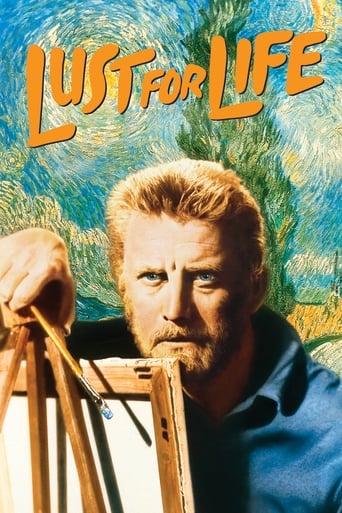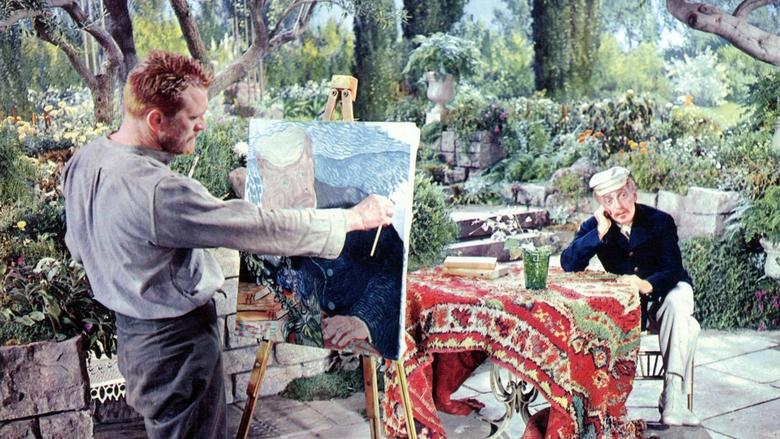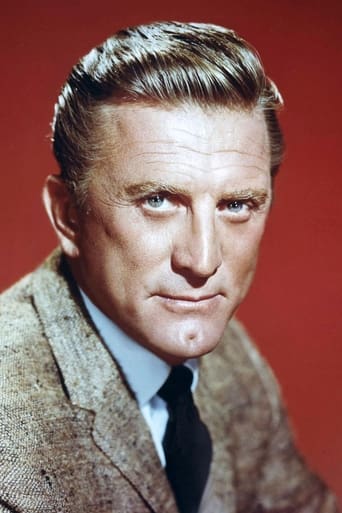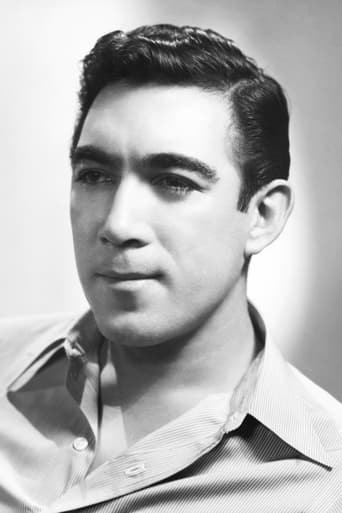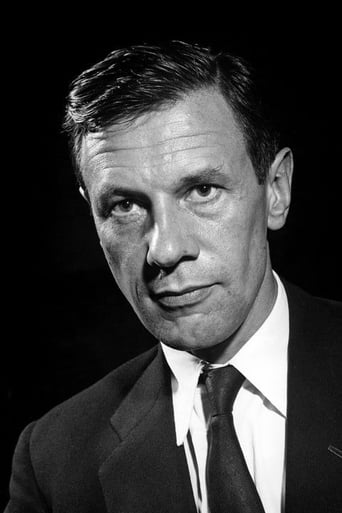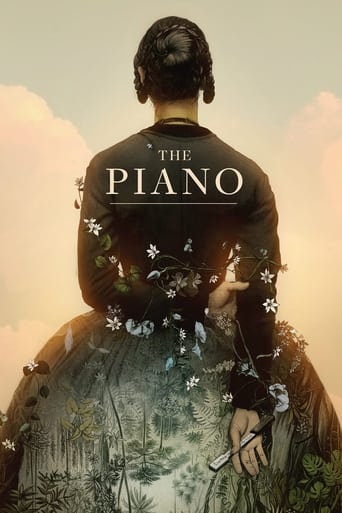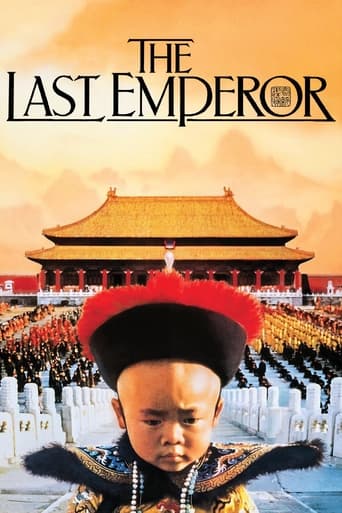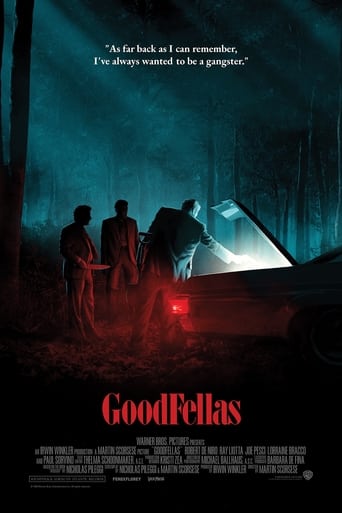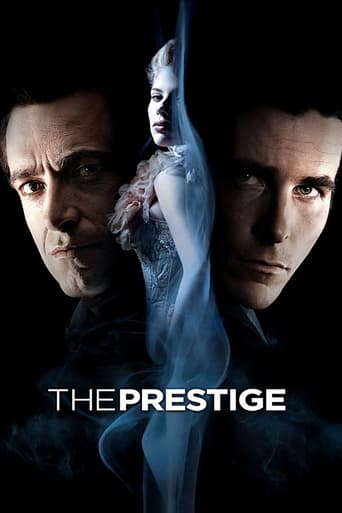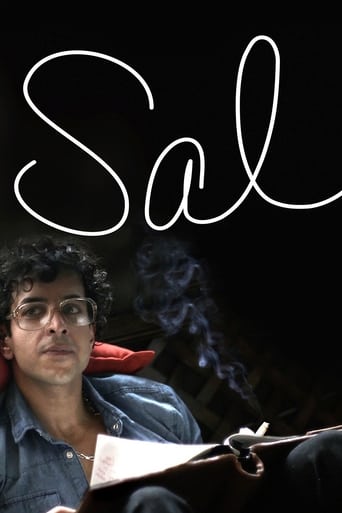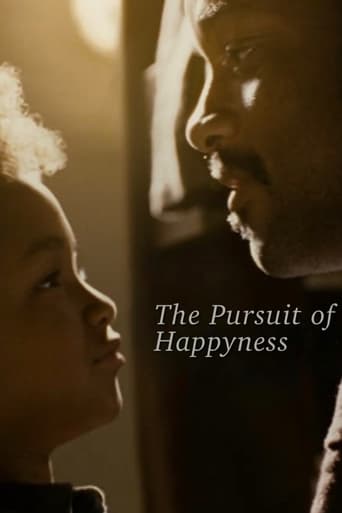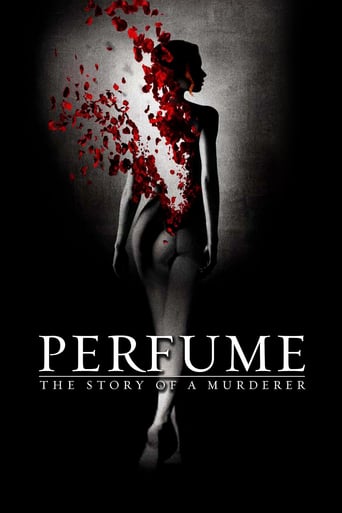Lust for Life (1956)
An intense and imaginative artist, revered Dutch painter Vincent van Gogh possesses undeniable talent, but he is plagued by mental problems and frustrations with failure. Supported by his brother, Theo, the tormented Van Gogh eventually leaves Holland for France, where he meets volatile fellow painter Paul Gauguin and struggles to find greater inspiration.
Watch Trailer
Free Trial Channels
Cast


Similar titles
Reviews
In truth, there is barely enough story here to make a film.
Good films always raise compelling questions, whether the format is fiction or documentary fact.
Amazing worth wacthing. So good. Biased but well made with many good points.
Worth seeing just to witness how winsome it is.
Copyright 1956 by Loew's Inc. A Metro-Goldwyn-Mayer picture. New York opening at the Plaza: 17 September 1956. U.S. release: 21 September 1956. U.K. release: 25 August 1957. London opening at the Curzon. Australian release: 7 March 1957. 10,991 feet. 122 minutes.NOTES: Young photographed the European locations, Harlan the Hollywood studio scenes.Academy Award, Anthony Quinn, Best Supporting Actor, defeating Don Murray in "Bus Stop", Anthony Perkins in "Friendly Persuasion", Mickey Rooney in "The Bold and the Brave", Robert Stack in "Written on the Wind". Also nominated for Best Actor, Kirk Douglas, losing to Yul Brynner in "The King and I"; Norman Corwin for Best Adapted Screenplay, losing to "Around the World in 80 Days"; Color Art Direction, losing to "The King and I".Negative cost: around $2.5 million. Initial domestic rentals gross: $1.6 million. Foreign rentals: around $1 million. Initial loss: around $1.2 million.The final film to be photographed in Ansco Color, a process which M- G-M had actively helped to develop.VIEWER'S GUIDE: Not suitable for children, but make them watch it anyway.COMMENT: Based on Irving Stone's superficial and romanticized biographical novel of Vincent Van Gogh, "Lust for Life" was adapted for the screen by (of all people!) radio playwright, Norman Corwin. The result is the one-dimensional characterization and comic caricatures of "The Odyssey of Runyon Jones". A faulty script was then aggravated by handing it over to a sympathetic director — Vincente Minnelli, a specialist in caricature cameos. Minnelli has enjoyed himself hugely; we have his sarcastic observation of the roisterers at the fair, and to cap one of the film's more solemn and dramatic moments, the scatter-brained stupidity of the asylum doctor, hilariously portrayed by Lionel Jeffries.Nonetheless, Kirk Douglas and Anthony Quinn handle the script better than could be expected, and as might be anticipated from the director of "The Bad and the Beautiful", Minnelli's treatment of the scenes of dementia are quite effective. Miklos Rozsa's evocative score is also to be commended, as is Dore Schary's enterprise in allowing the film to be produced at all — one of the reasons why he got the sack.Visually the film contains some attractively composed French and Dutch exterior scenes and the reproduction of the paintings is often above average, although CinemaScope seems an inconvenient shape for the display of such canvasses (Frederick A. Young and Russell Harlan photographed).For his brief role as Paul Gauguin, Anthony Quinn received the lion's share of the critical acclaim, as well as his second Academy Award as Best Supporting Actor. Kirk Douglas, however, won the New York Film Critics Award as Best Actor for his interpretation of Van Gogh.
Few artists embody the "tortured artist archetype" as fully as Dutch painter Vincent van Gogh. Born in 1853, Vincent was traumatically named after a brother who died one year prior to his own birth. A moody child, he'd hoped to become a Christian minister, but several failed romances, and his growing disillusionment with the church, set him upon a different path. He'd become a painter instead, and quickly become preoccupied with sketching the plights of the lower classes. For Vincent, the poor and the downtrodden came to represent a certain "truth". He empathised with their suffering, identified with their despair, and saw divinity in their lives, squalid homes and craggy faces.Vincent's career would last about ten years. Much of this time was spent in poverty, depression and isolation. Occasionally he'd hang out with prostitutes and fellow painters, but they did little to stave off the suicidal thoughts festering in his brain. Despite his unhappiness, Vincent worked at a feverish pace. He'd produce thousands of sketches and over 800 paintings, his work slowly transitioning from social realism to vibrant post-impressionism. Much of this work was done in Arles, in the South of France, where Vincent would famously chop off his ear. Afterwards he'd spend a year in a mental asylum, where he suffered a series of mental breakdowns. His last completed paintings would portray ominous wheat fields. Writing of these paintings, Vincent would say: "they depict vast, distended fields under angry skies, and I did not have to go out of my way very much in order to try to express sadness and extreme loneliness." He would die days later, after fatally shooting himself in the chest. Vincente Minnelli directed "Some Came Running" in 1958 and "The Sandpiper" in 1965. Both films find artists refusing to be absorbed by a culture or society they deem to be conformist, staid or offensive. Mocked for dedicating their lives to vague artistic calls, and pushed to the margins of society, Minnelli's artists quickly find themselves on suicidal or self-destructive paths.Released in 1956, Minnelli's "Lust for Life" tells a similar tale. It stars Kirk Douglas as Vincent van Gogh, and touches upon all the now famous cornerstones of van Gogh's life. Whilst not as great a film as Robert Altman's similarly themed "Vincent and Theo", Minnelli's film nevertheless offers a good example of 1950s, big studio, auteurist melodrama. Minnelli's film is grand, voluptuous, every emotion and gesture ridiculously larger than life, every frame bursting with strange colours. More interestingly, Minnelli fills his picture with subtle references to countless van Gogh paintings, figures and compositions. Elsewhere he throws in clever references to other prominent painters, like one scene in which we see George Seurat painting his 1884 masterpiece, "A Sunday Afternoon on the Island of La Grande Jatte". The marvellous Anthony Quinn costars as post-impressionist painter Paul Gauguin, another painter who rose to prominence only after his death.Minnelli has too many films about artists to list. A subset of these films, though, seem preoccupied with "tortured artists" ("Lust for Life", "The Cobweb", "Two Weeks in Another Town", "Some Came Running", "The Sandpiper") who seem incompatible with the outside world. A large chunk of Minnelli's filmography is itself "about" the problems individuals face – sometimes linked to gender issues - fitting in with crowds. Minnelli was himself a gay man, but most biographies portray him as an openly and proudly homosexual artist who rose, seemingly effortlessly, above the problems faced by the tortured artists of his films.8/10 – See "Art School Confidential", "Young Man with a Horn", "In a Lonely Place", "The Devil and Daniel Johnston" and "Vincent and Theo".
The brightness of the sunflowers, a masterpiece by Van Gogh. Unfortunately, his life wasn't anywhere as bright. Emotionally conflicted in a life where he felt he could not achieve, Van Gogh was certainly doomed as a man of tragedy.Such is the material that Kirk Douglas had to work with in portraying this master painter. Douglas turned in a riveting, memorable, totally brilliant performance and in this writer's estimation, he was totally robbed of the Academy Award for best actor in 1956. Yul Brynner's win for "The King and I," was shocking to say the least. It was bad enough that Heston and Brynner were denied best actor nominations for "The 10 Commandments" that year, but Douglas losing brought a bitter taste to a film goer's mouth.On the other hand, Anthony Quinn was the surprising winner for best supporting actor in his brief stint as the selfish Paul Gaugin.(Robert Stack-"Written on the Wind!")You feel the pain that Douglas portrayed in this film. It will be etched in our memories for ever. A crowning achievement of epic proportions. They don't get much better than this.
Biopics are tricky things to get right. That is one of the reasons why so many classic Hollywood versions of true stories are so liberal with the facts – storifying history in order to bring out the spirit or the legend of the subject. There have also been more recent productions which, in their devotion to historical accuracy, suck all the life out of the picture. It is a rare thing indeed then to find a biopic that sticks to the truth but also really brings us a vivid character in an engaging story.Lust for Life begins with Vincent's journey in mid-flow, with a brief episode in which he worked as a preacher in a dirty mining town. It is as if we are observing the man from a distance, and indeed director Vincente Minnelli actually keeps his camera well back from the subject for the first fifteen minutes or so. Van Gogh's talent for painting is not referenced verbally, but sketches gradually begin to appear in the background. It's a very tentative introduction to the man, but it gives us his character and background through example rather than direct statement, and rather than highlighting his turning to art shows it as an almost incidental extension of his way of life. Screenwriter Norman Corwin (who normally worked in radio) draws from Vincent's letters to his brother Theo for a gentle and unobtrusive narrative, and the production makes extensive use of actual locations and colour prints of van Gogh's paintings, all the better for his work to speak for itself.Director Vincente Minnelli was himself a painter, albeit one of a rather different style to van Gogh, but his painterly instinct for space and colour helps very much in creating the harmonious look of Lust of Life. He was one of the few directors from this early stage of widescreen who knew what to do with the Cinemascope aspect ratio. His technique is to soften the width by composing in depth. Take set-ups like Mauve's studio or the little flat Vincent shares with Christine, in which the furniture and canvasses create many layers in depth, giving real definition to the space and making the wide shape of the screen seem more natural. Often the screen seems loosely divided into two parts, with foreground business on one side and a distant vanishing point on the other, and Minnelli uses this to create smaller frames for different actors on the screen or to highlight one person or another. This in turn minimises the need for cuts to opposing angles or close-ups, which tend to look awkward in Cinemascope.In the lead role, Kirk Douglas not only bears a passable resemblance to van Gogh, he really immerses himself in the character to the extent that you forget the familiarity of the actor and see only the painter. Vincent may be the archetypal tortured artist but Douglas resists the temptation to become wild or hysterical, more often showing emotional turmoil in tense body language and silent screams. In lighter moments he displays a kind of boyish enthusiasm which really helps to make a likable character out of van Gogh. In contrast Anthony Quinn's supporting role as Paul Gauguin is exaggerated and theatrical where Douglas is subtle and realistic, but it highlights the difference between the two men and helps to make Quinn's short but crucial part in the story lively and memorable.Above I feel what really makes Lust for Life work is that it understands it subject matter. There is a clear respect for van Gogh's work from writer, director and star, and an intention to allow the audience to share in this appreciation. The effort that has gone into comparing real scenes to finished paintings, and the dialogue that touches upon art theory show how his approach to painting dovetails into his highly emotional and philanthropic character. It is this that lends a sense of meaning and poignancy to the depiction of his tragic life.

